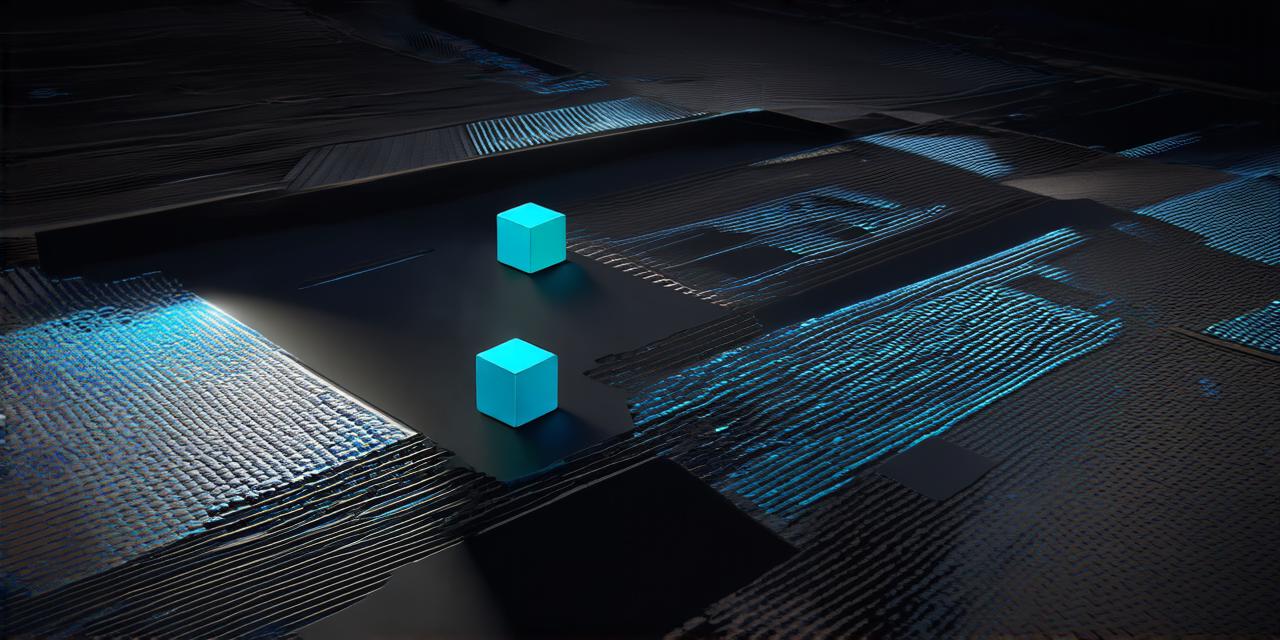
Unity is a popular game engine that allows developers to create engaging and immersive experiences. One of the key features of Unity is its ability to handle animations for 3D objects with ease. In this guide, we will explore how to create animations for 3D objects in Unity, including tips and tricks to optimize your workflow and ensure that your animations are smooth and fluid.
Understanding Animations in Unity
Before diving into the specifics of creating animations for 3D objects in Unity, it’s important to understand what an animation is and how it works in Unity. An animation is a series of changes to the properties of an object over time, such as its position, rotation, scale, and texture. These changes are typically applied using keyframes, which define the state of the object at specific points in time.
In Unity, animations can be created and manipulated using the Animation window. This tool allows you to create, import, and edit animations for your 3D objects. You can also use the Curve Editor to create custom animations by defining keyframes and their interpolation curves.
Creating Animations from Scratch
- Select the 3D object that you want to animate.
- Go to the Animation window by selecting Window > Animation.
- Click on the Create button and select the type of animation that you want to create. Unity supports several types of animations, including 2D sprites, mesh animations, and particle systems.
- Once the animation is created, you can use the keyframe editor to define the state of the object at specific points in time. For example, you can move the object, change its texture, or scale it up or down.
- To preview your animation, click on the Play button in the Animation window. You can also use the Play and Pause buttons to test your animation as you create it.
- Once you are satisfied with your animation, you can export it as an animation clip by selecting Export > Animation Clip. This will allow you to use the animation in other Unity projects or import it into other software.

Importing Animations from Other Sources
If you have animations that were created outside of Unity, you can import them into your Unity project using the following steps:
- Go to Assets > Import Package.
- Select the animation package that you want to import. This will typically be a .fbx or .obj file.
- Once the animation is imported, you can use it in your Unity project by dragging and dropping it onto the hierarchy view.
- To preview the animation, select the 3D object that you want to apply the animation to and go to the Animation window.
- In the Animation window, click on the Import button and select the animation that you just imported. Unity will automatically detect the keyframes in the animation and create a new animation clip for you.
- Once the animation is imported, you can use it just like any other animation that you created from scratch. You can use the keyframe editor to define the interpolation curves and make any necessary adjustments.
Optimizing Your Workflow
To optimize your workflow when creating animations for 3D objects in Unity, follow these tips:
- Use layer groups to organize your animations by type or purpose. For example, you might create a layer group for character animations and another one for environment animations.
- Use animation clips to group related animations together. This can help you keep track of your work and make it easier to apply multiple animations to a single object.
- Use the Animation window’s built-in tools to preview your animations as you create them. This will help you catch any issues early on and avoid having to make changes later on.
- Use Unity’s animation tools to animate individual parts of your 3D objects, such as bones or joints. This can help you achieve more precise animations and reduce the number of keyframes that you need to define.
- Use Unity’s particle system tools to create complex animations that involve multiple objects or effects. For example, you might use a particle system to simulate a smoke effect when a character interacts with an object.
Real-Life Examples
Here are some real-life examples of animations created in Unity:
The animation for the character in the popular mobile game Angry Birds
The creators used keyframes to define the character’s movements and applied textures and effects to give it a unique look and feel.
The animation for the spaceship in the video game Halo
The creators used animation clips to group related animations together, such as engine noise and particle effects.
The animation for the creatures in the video game World of Warcraft
The creators used Unity’s animation tools as well as third-party software like Maya and 3ds Max. The creators used layer groups to organize their animations by type and imported them into Unity for further customization.
Summary
Creating animations for 3D objects in Unity is a powerful tool that can help you bring your games and experiences to life. By understanding the basics of animations in Unity and optimizing your workflow, you can create smooth and fluid animations that engage your audience and enhance your overall project. With practice and experimentation, you’ll be able to create animations that are both visually stunning and highly effective in achieving your creative goals.

